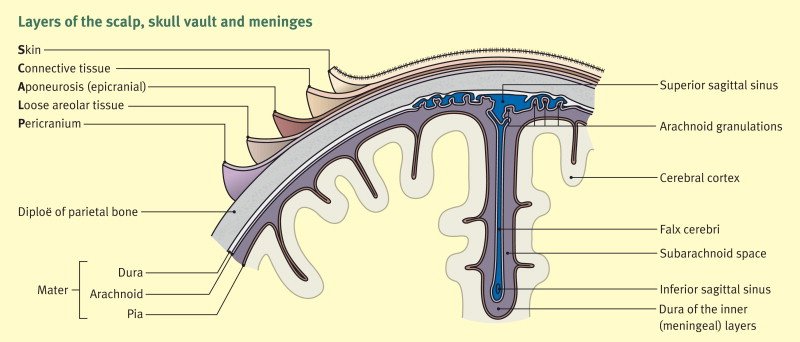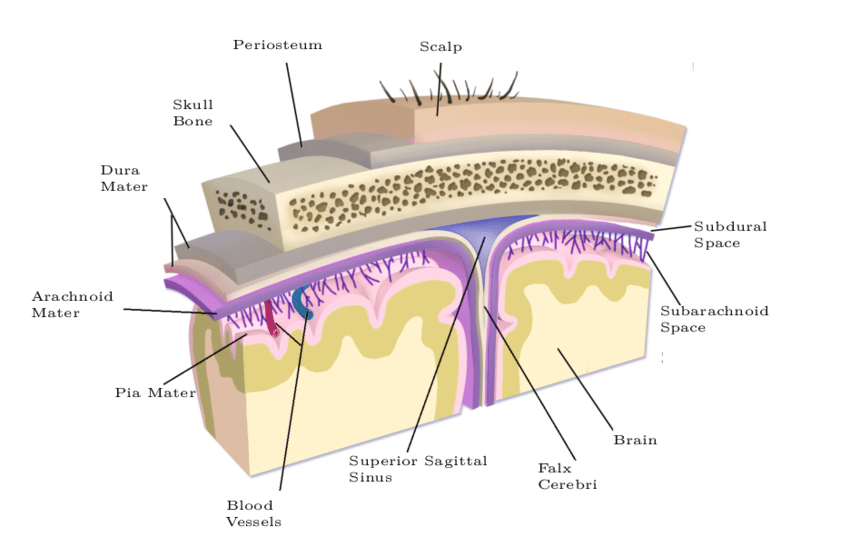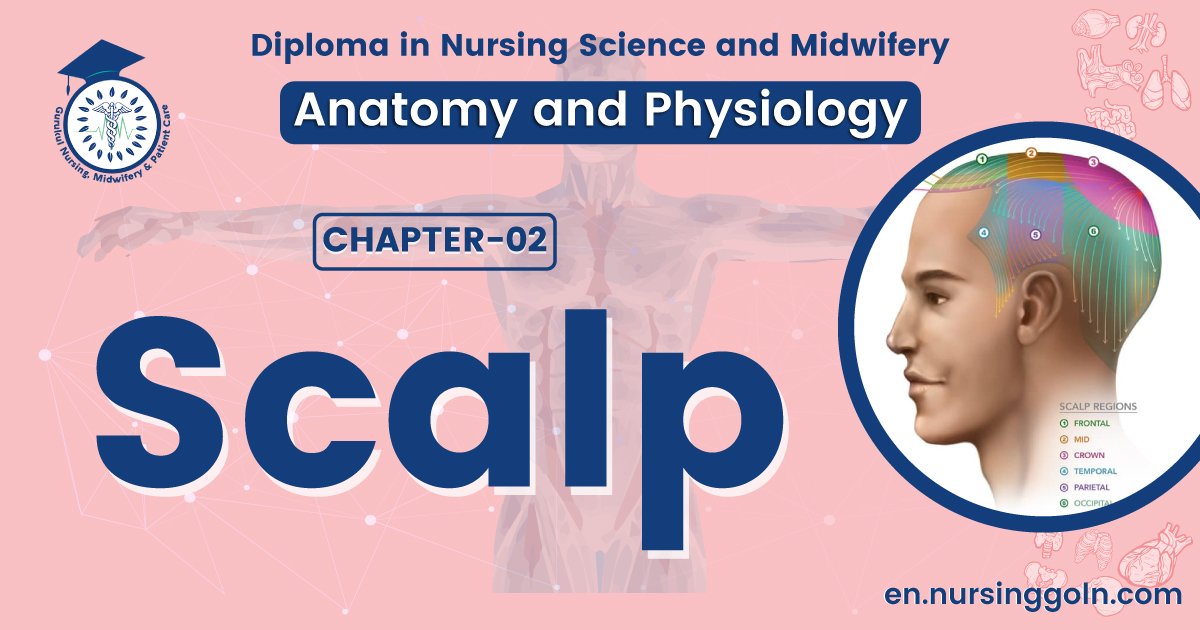Concept about Scalp – The course is designed for the basic understanding of anatomical structures and physiological functions of human body, musculoskeletal system, digestive system, respiratory system; cardiovascular system; urinary system, endocrine system, reproductive system, nervous system, hematologic system, sensory organs, integumentary system, and immune system.
The aim of the course is to acquire knowledge and skills regarding anatomy and physiology.
Concept about Scalp

Scalp is a portion of the skin and subcutaneous tissue with its attached hair, covering the top of the head, excluding the face. The scalp consists of five layers of tissue. The five layers, from superficial to deep. And the scalp is highly vascularized via branches of the external and internal carotid arteries.
The layers of the scalp can best be remembered by the acronym “SCALP,” with each letter of the word representing the five tissue layers associated with it.

They are:-
S=Skin. The skin of the scalp contains sweat and sebaceousglands and usually numerous hair follicles.
C = Connective tissue. The tissue between the skin and the aponeurotic layers is composed of dense collagenous connective tissueand contains the arteries, veins and nerves supplying thescalp.
A = Aponeurosis. The superficial musculoaponeurotic system ofthe scalp consists of theoccipitofrontalis muscle and itsinvesting fascia. This fascia is specialized to form a tendinousepicranial aponeurosis known as the galea aponeurotica.
The galea continues into the temples, investing the auricularmuscles, and terminates by attaching to the mastoidprocesses and the zygomatic arch.
L = Loose connective tissue. A sponge-like layer of loose connective tissue forms a subaponeurotic compartment that enablesfree movement of the top three scalp layers across the pericranium. It also contains the emissary veins.

P = Pericranium. The pericranium is the periosteum over the external surface of the skull where the fibrous tissue knitsinto the sutures.
(Ref:-D. Morton, K. Albertine, The big picture Gross Anatomy, 2011, P-169,170)
Read more:
